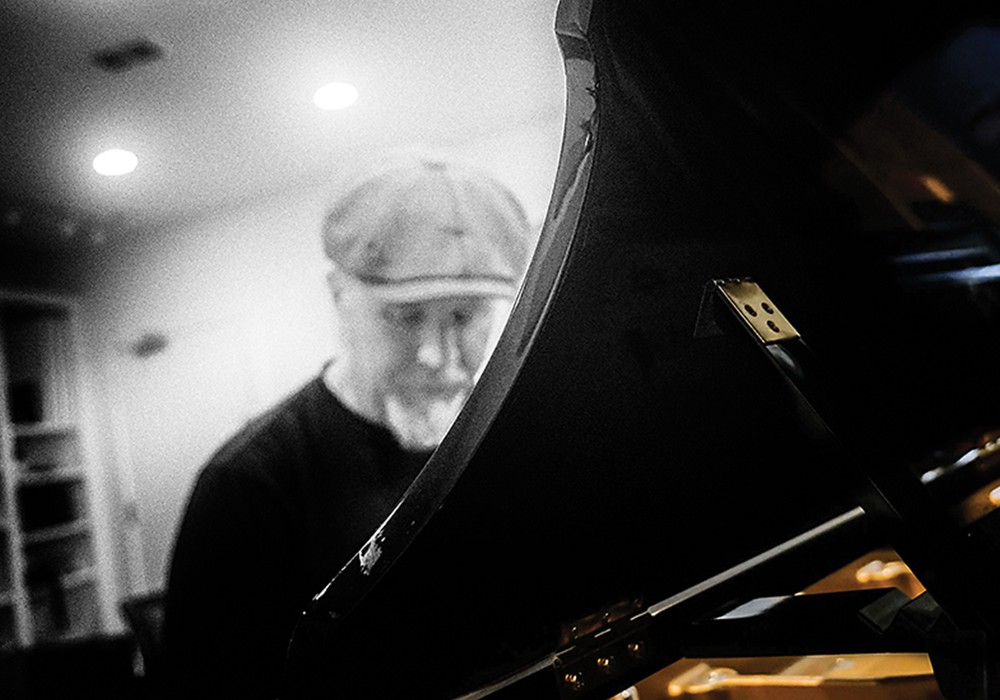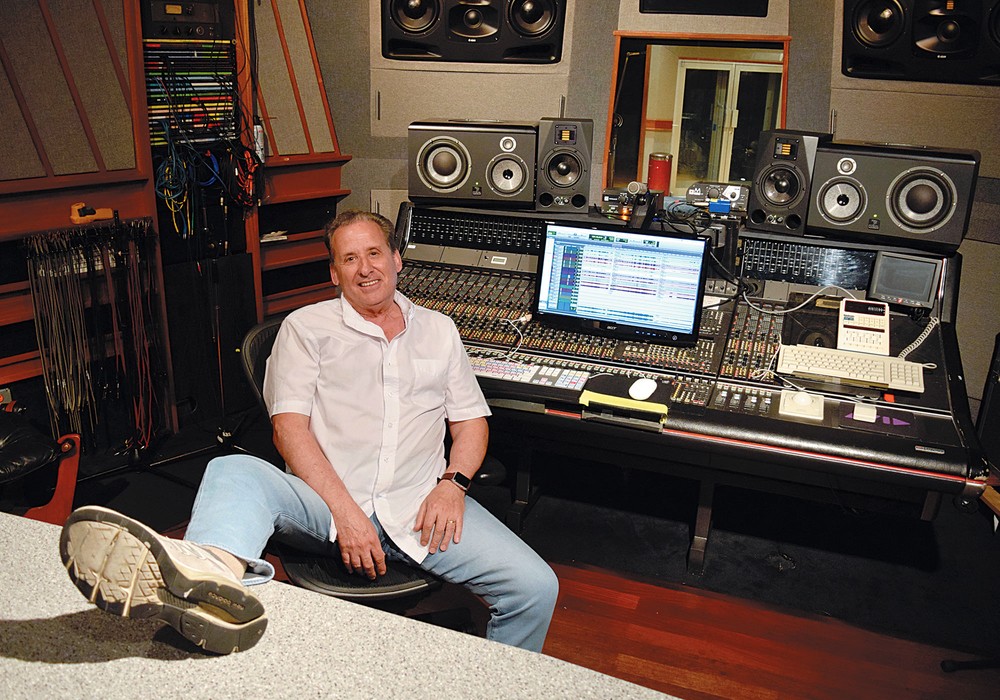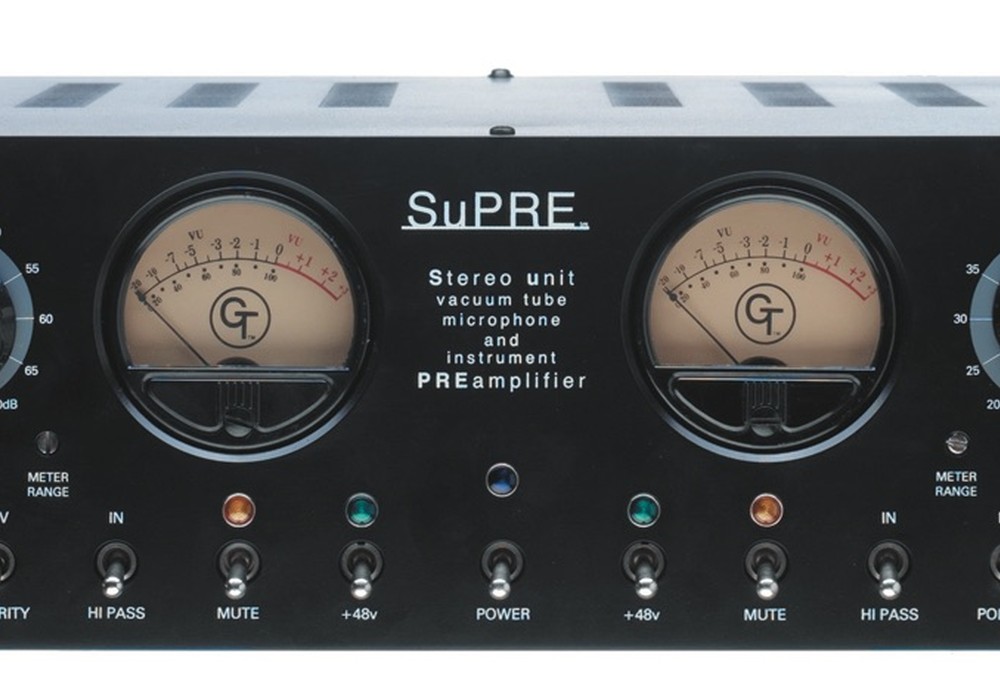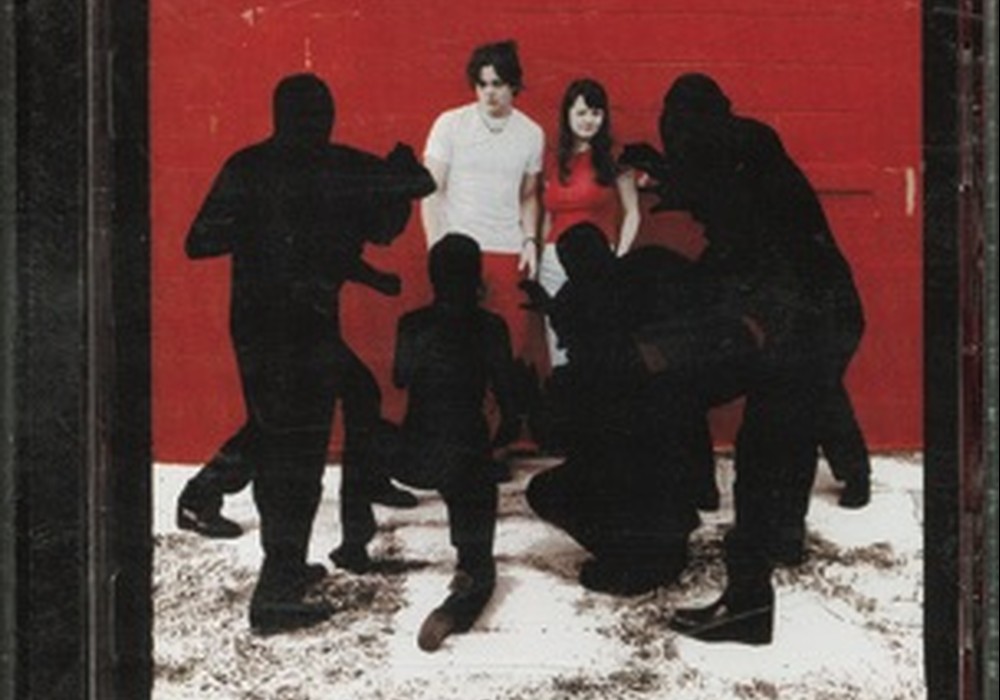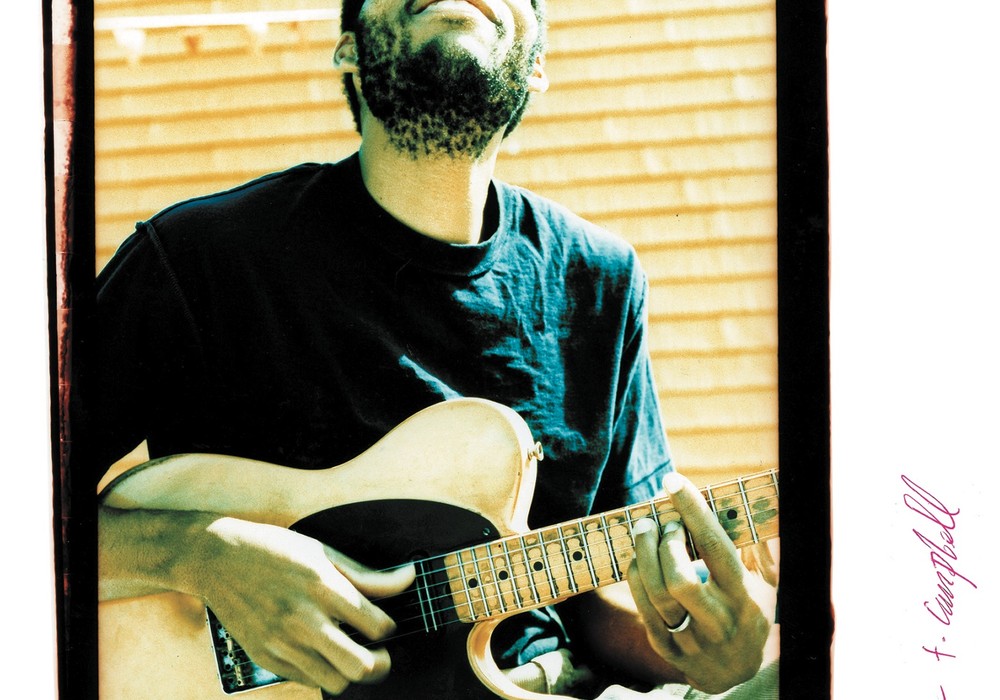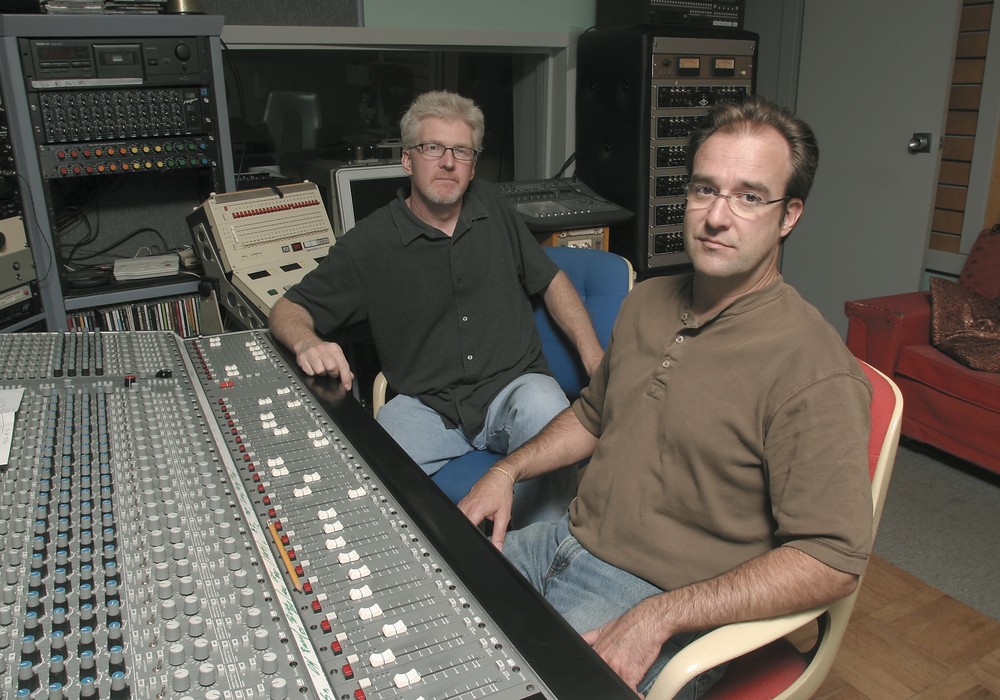Real World Studios is an icon in the studio business, recognized internationally for its innovative architecture, high technology standards and, of course, its association with founder Peter Gabriel. Real World evolved following the success that Peter had with his album So in 1987, when he decided to acquire the extensive grounds and outbuildings of a 200-year-old sawmill property close to his home near Bath, England, about 120 miles west of London. From the outset, Gabriel had a succinct idea of what he wanted Real World to be: a world-class destination studio that fosters creativity, collaboration and community. Once a specific brief for the studio was drawn up, a design contest ensued. Five preeminent studio architects took part, including Neil Grant, who eventually designed the facility. Peter wanted to retain as much of the character of the old mill as possible, while incorporating modern utilitarian elements into the design. Water, light, the sense of inter-connectivity and community would all be key concepts driving the end result.
The Big Room at Real World manifests Gabriel's vision to have the producer, engineer and artist perform in the same space, eliminating physical barriers and opening communication. In fact, the rear of the control room often serves as a stage on which many artists are recorded performing simultaneously, directly behind the producer/engineer. The entire facility operates in much the same way. Instead of having all the rooms operate simultaneously with separate projects at different times, Real World is meant to operate as a single organism, fluid and interconnected. This has proven to be ideal for live BBC projects and the facility's famous 'recording weeks', in which many international recording artists gathered to explore, exchange and record their ideas. I toured the studios and spoke with Owen Leech, studio manager, and Marco Migliari, staff engineer at Real World.
How many years have you worked here, Owen?
OL: I've worked here since 1988. I came here as a builder, originally. I sort of stayed on developing the site for about three years. The original studio manager moved on to WOMAD and other things.
Why didn't Peter just build a studio in London?
OL: Well, he rented an old barn about six miles away where he produced So with Daniel Lanois. He had an SSL in there and Kevin Killen engineering. Dave Bottrill was the assistant. Then this site on the edge of Box village came up and it all kind of grew organically. The whole project sort of snowballed into a commercial studio. The first studio that opened was the one upstairs. Originally, the idea was that Peter would have the studio upstairs and the Big Room would be let commercially. The Big Room was designed very much for performance with the artist, producer, engineer all together in the same room.
So there are no physical divisions between the musicians and producers.
OL: That's basically how the room works, although there are of course acoustic screens that can be maneuvered to create degrees of separation. Slightly perversely, the desk faces the windows and looks out across the pond. Local architects were employed and worked to a brief that required natural materials to be used wherever possible. The resulting design has a fairly timeless feel.
It used to be a mill?
OL: It was a mill up until the late '50s. Then it was bought by a company that turned all the buildings into office space. Turning these offices into the studios was a major building project.
Who records here now?
OL: There has been a resurgence of guitar bands again, which is very good for the studios. You know, [the studio] is what it is, and the concept of that started back when Led Zeppelin had their little cottage in Wales. It's like here, but on a large and rambling site. It's like a little community. All Peter's companies work on the same site; we've got the record company and WOMAD as well as our own design and website teams.
It seems to be finely integrated.
OL: Yes. There's about 85 people working here, of which maybe 20 to 25 are employed by the studios, which is the most visible bit because we've got all the buildings. But you have all this other stuff going on as well. It's slightly different to that sort of isolated cottage in the country, but at the same time it still is a residential studio. Since it's more than 120 miles from London, it's quite difficult to get film work, because they don't want to move outside Soho. But this area has quite a vibrant music scene and many producers have moved down here from the big city.
Can you tell me about the 'recording weeks'?
OL: The last one was 1995. They're very expensive to run. You end up with stacks of material, shelves of tape, all of which needs to be sorted out.
It must be exciting to live through that, though. Conceptually, it seems quite amazing.
OL: They were very hard work but really good fun. In fact, for the Real World Records one, we had 11 rooms running at once. We even used an underground quarry up the road — Tchad Blake, with his binaural set-up, said, "Will you take me out to the mines?" [laughing]
How hands-on was Peter in all of that?
OL: Very.
He attended all the sessions?
OL: Of course. I think the first two, there was a lot more material because it was much more ad hoc. We've done others. We did a Sony writing week two years ago. They were very disciplined about it. They had three studios running and they were meeting every morning to plan the day.
Very structured.
OL: That was very structured. We did one for Polygram France; they sent 20 people over — writers and musicians. We used all the rooms.
How many studios are there now?
OL: We have four main ones,...


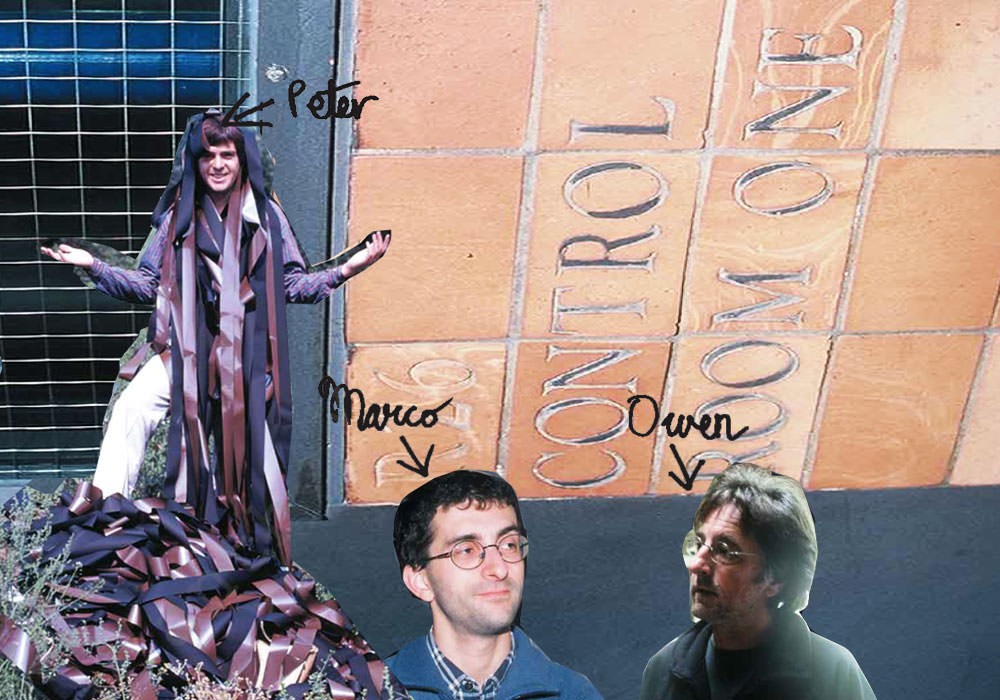

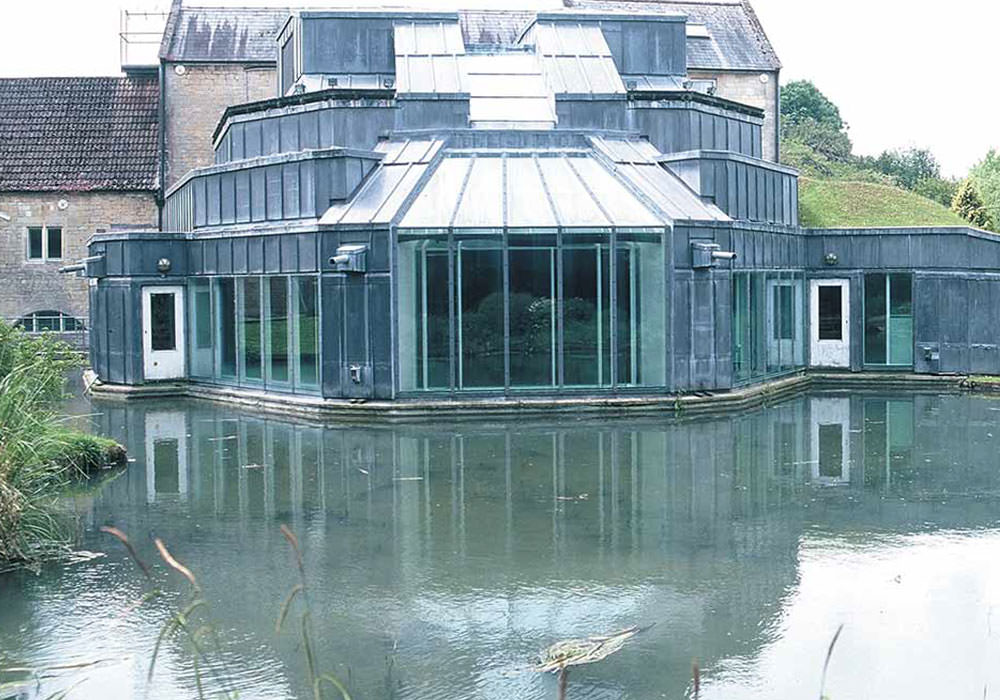


_disp_horizontal_bw.jpg)
